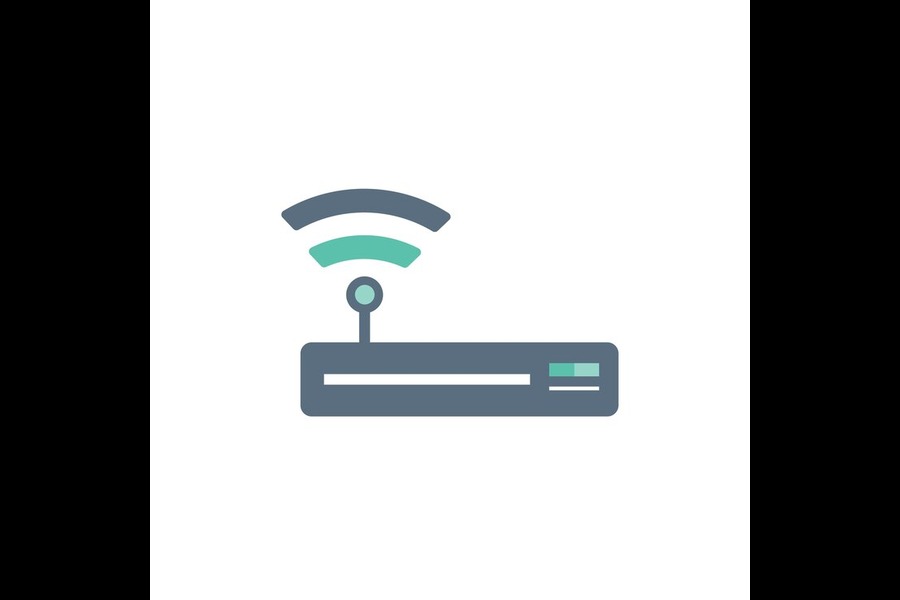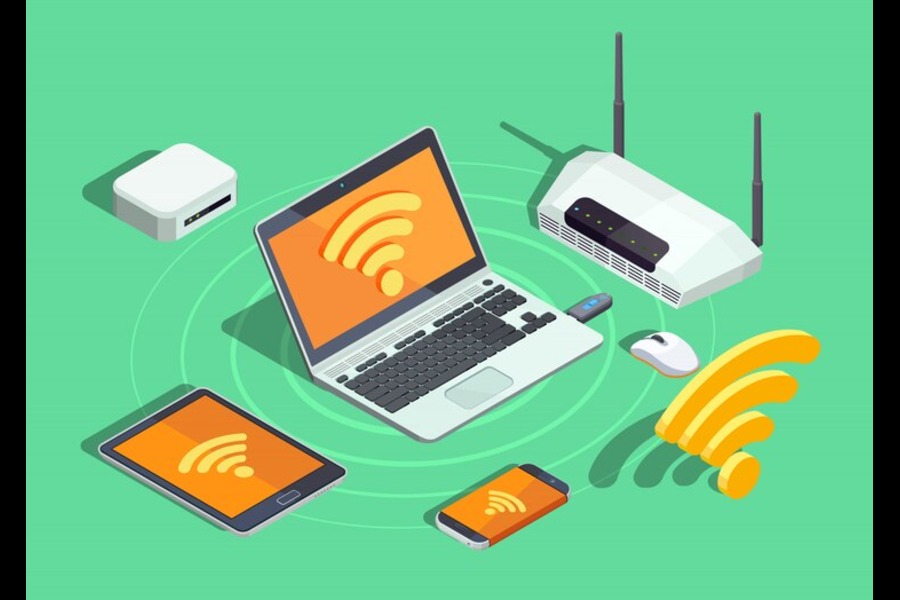The internet serves as a gateway to vast amounts of information, a platform for communication, and a hub for entertainment. From checking emails to streaming videos, the internet plays a pivotal role in almost every aspect of modern society. However, in order to access this vast ocean of information known as the internet, you need a special device called a modem. The modem serves as a bridge between your computer or other devices and the internet service provider (ISP), allowing data to be transmitted back and forth. So, what exactly does a modem do? And how does it work?
Buy Airtel Wi-Fi with exciting benefits!
In this article, we will delve into the fundamental concepts of internet connection, breaking down the process into simple, digestible explanations. By the end of the guide, you will have a clear understanding of this modem, which is the device required for the internet connection.
What is a Modem?
At the heart of every internet connection lies a device known as a modem. But what exactly is a modem? Well, in simple terms, a modem is a piece of hardware that serves as a bridge between your computer or other devices and your internet service provider (ISP). The term “modem” is derived from “modulator-demodulator,” which refers to its function of modulating digital data into analog signals for transmission and demodulating incoming analog signals back into digital data.
How Modem Works?
The functioning of a modem can be compared to that of a translator. When you initiate an action that requires internet access, such as loading a webpage or sending an email, your computer sends a signal to the modem. This signal contains digital data in the form of binary code, which represents the information you wish to transmit. The modem then modulates this digital signal into analog form, which can be carried over the physical medium of your internet connection, be it through telephone lines, coaxial cables, or fiber optics.
On the receiving end, the process is reversed. When data is sent to your computer from the internet, it arrives in the form of analog signals. The modem demodulates these analog signals, converting them back into digital data that your computer can understand and process. This seamless translation between digital and analog signals is what enables communication between your device and the vast network of servers and computers that make up the Internet.
Recommended: What Is Portable Wi-Fi Router and How Does It Work?

Types of Modem
Modems come in various types, each designed for specific internet connection technologies. Here is the list of major types of modem.
Dial-up Modem: Dial-up modems are one of the earliest forms of internet connection. They utilize a telephone line to establish a connection to the internet, dialing a specific phone number provided by the ISP. While dial-up modems are slow compared to modern broadband technologies, they are still used in some rural or remote areas where high-speed internet access is limited.
DSL Modem: DSL (Digital Subscriber Line) modems are commonly used for broadband internet connections over telephone lines. DSL technology allows for higher data transmission speeds compared to dial-up modems, making it suitable for activities like streaming videos and online gaming.
Cable Modem: Cable modems are used for internet connections delivered over cable television lines. They offer faster speeds than DSL modems and are widely used in urban and suburban areas where cable TV infrastructure is available. Cable modems are known for their high-speed internet access, making them ideal for bandwidth-intensive tasks.
Fiber Optic Modem: Fiber optic modems are designed for internet connections delivered over fiber optic cables. Fiber optic technology offers the highest speeds and reliability among all modem types, making it ideal for applications that demand ultra-fast internet access, such as high-definition video streaming and large file downloads.
Other Devices Required for Internet Connection:
In addition to a modem, you may also need a router to create a local network in your home or office. Routers play a crucial role in enabling multiple devices to connect to the internet simultaneously, often wirelessly via Wi-Fi. They provide features such as network security, traffic management, and device prioritization, ensuring a seamless and secure internet experience for all users.
Also Read: All you need to know about Airtel Xstream Fiber
Conclusion
So, by now you must have got the answer to your question – “Which device is required for the internet connection?” Now if you are looking for an internet service provider that is reliable and offers advanced speed, then consider moving to Airtel Broadband.
With Airtel broadband, you get a range of plans designed to suit your needs, whether you’re a casual user or a heavy-duty streamer. With their cutting-edge technology and commitment to customer satisfaction, Airtel broadband ensures that you stay connected whenever and wherever you need it. Airtel also offers a variety of mobile prepaid and postpaid plans to meet the demands of customers.



